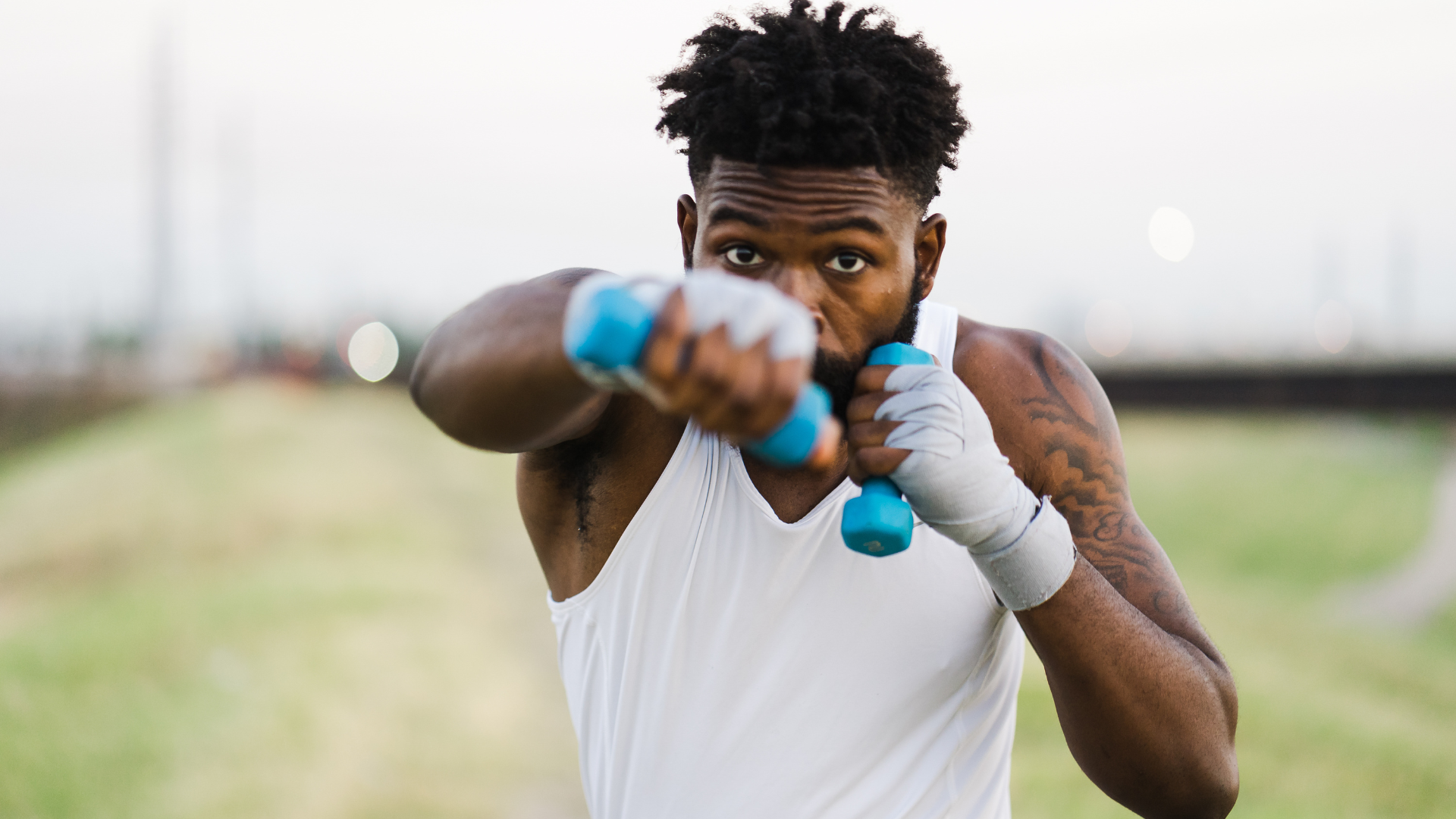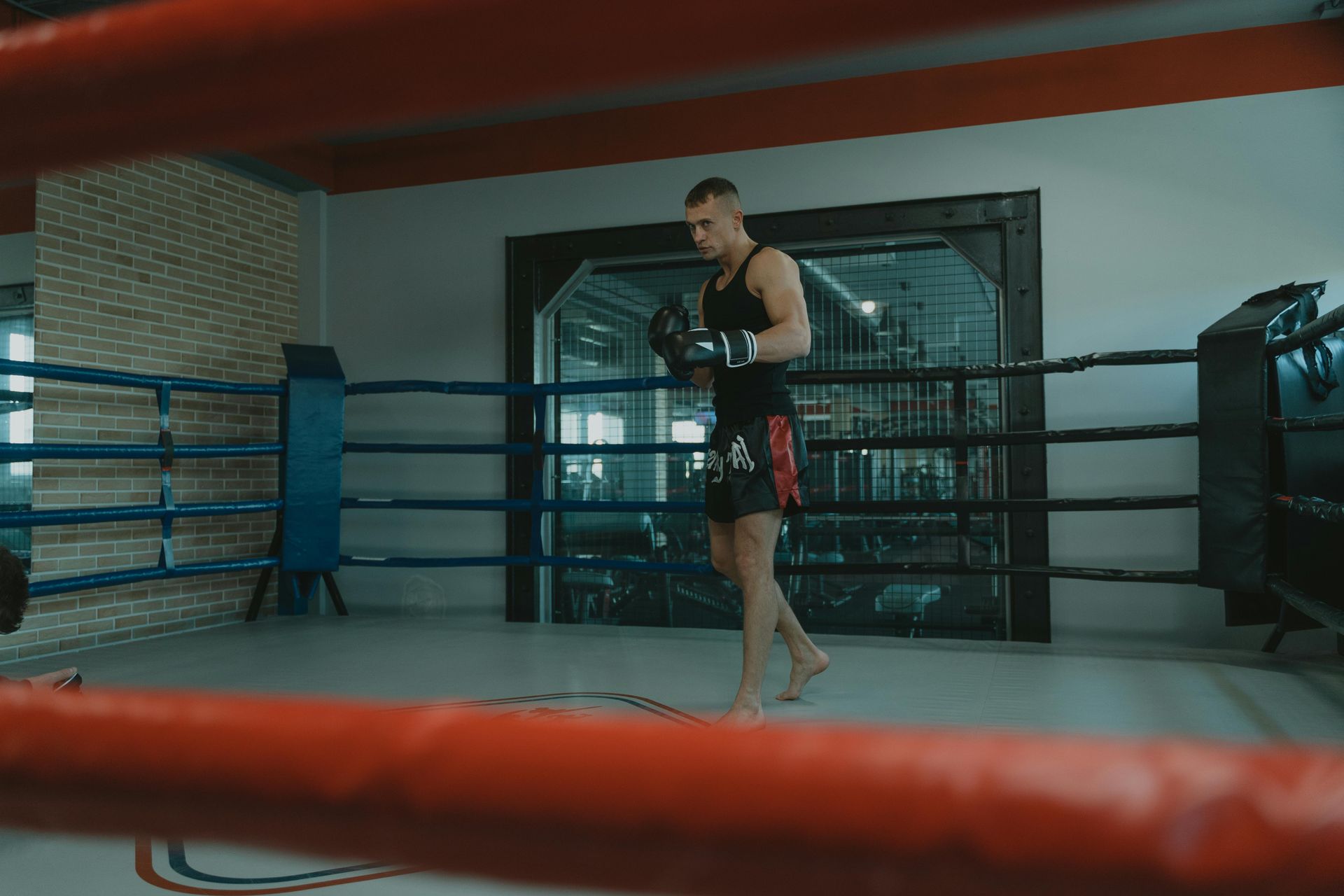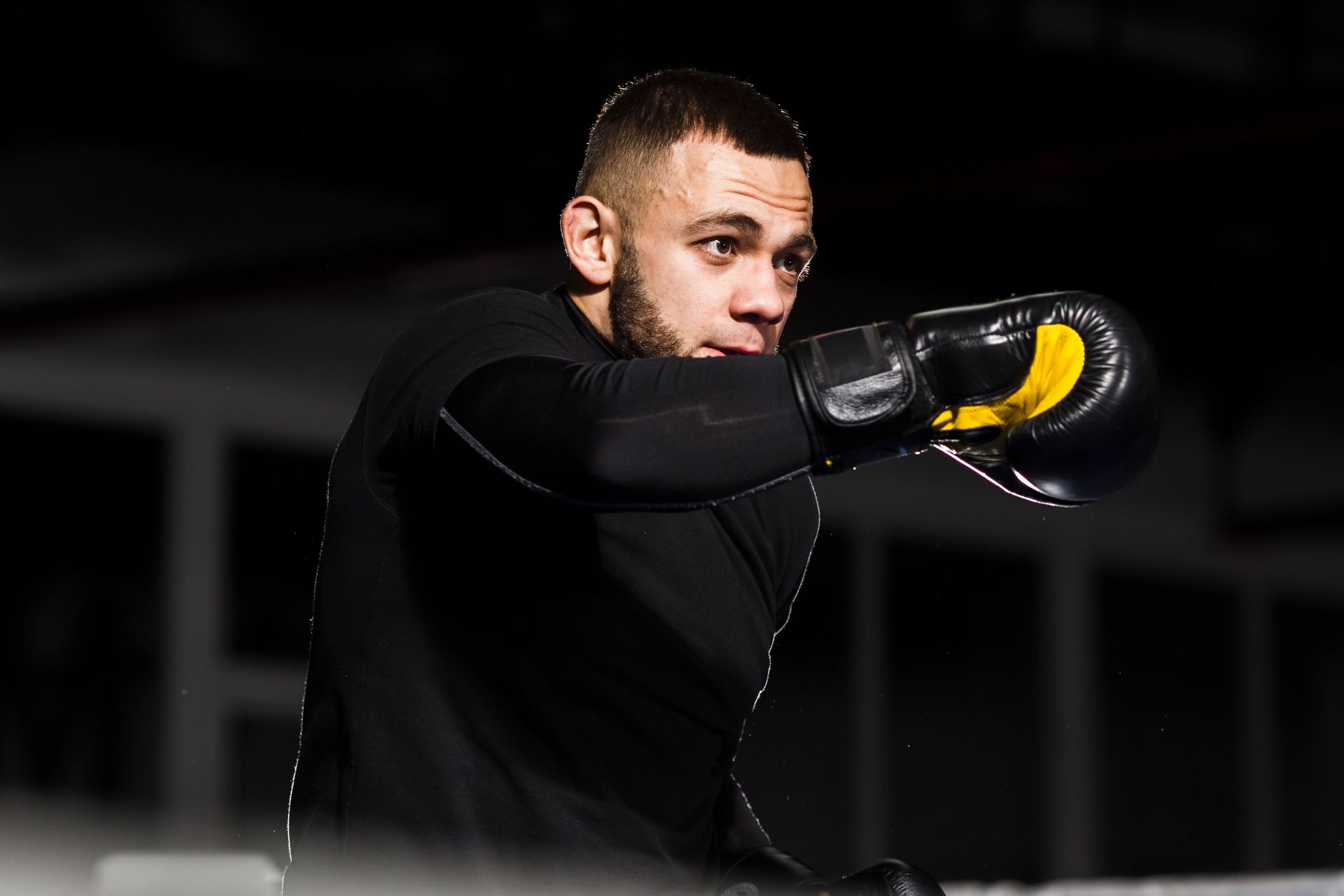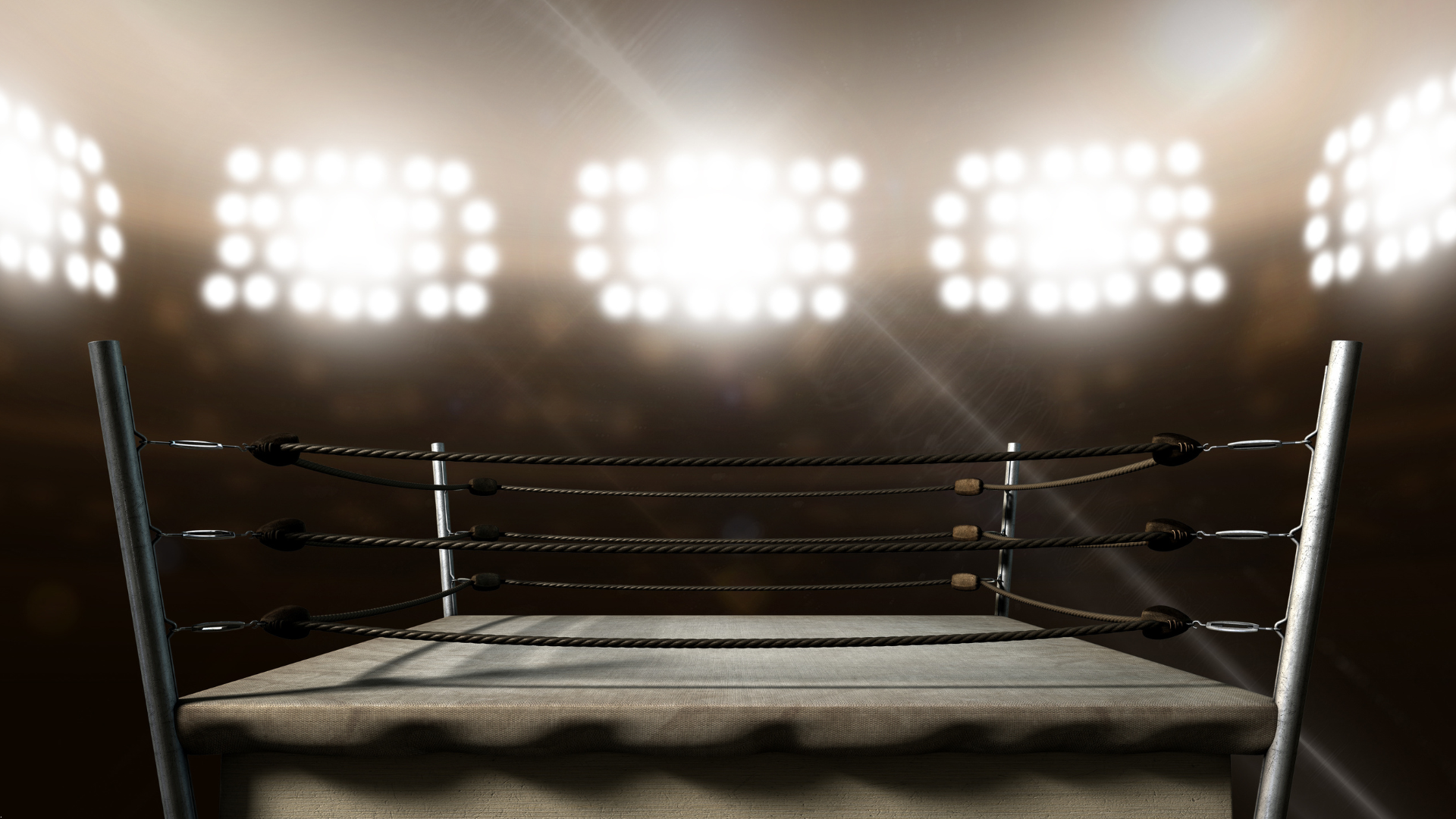Why the Jab Is Such a Great Weapon in Boxing
In boxing, every fighter—whether a heavyweight slugger or a slick lightweight technician—relies on one fundamental weapon: the jab. It’s the most basic punch in the sport, yet it’s also the most effective. The jab is far more than a simple lead hand strike; it’s a tool for control, setup, defense, and rhythm. When used properly, it can dominate a fight without ever needing a knockout blow.

1. The Jab Controls Distance and Range
One of the jab’s greatest strengths is its ability to control range. Boxing is all about managing distance—knowing when to engage and when to stay out of reach. A good jab keeps your opponent exactly where you want them. It stops aggressive fighters from rushing in and helps maintain a safe distance against powerful punchers. By snapping a quick jab in an opponent’s face, you create space and dictate when exchanges happen. Great jabbers like Larry Holmes and Wladimir Klitschko mastered this concept, using the jab to control fights from long range.
2. The Jab Sets Up Combinations
The jab isn’t just a defensive tool—it’s the foundation of offense. Nearly every punch combination begins with a jab because it blinds, distracts, and opens up targets. A crisp jab can make your opponent raise their guard, leaving their body open for hooks or crosses. For example, a jab to the head can set up a devastating right hand down the middle, while a jab to the body can lower your opponent’s defense, creating an opening upstairs. The jab is like a chess move—it sets up the checkmate several moves ahead.
3. The Jab Scores Points and Builds Momentum
In professional and amateur boxing alike, the jab is a point-scoring punch. Judges love clean, effective jabs because they show control and accuracy. Even when a jab doesn’t cause damage, it sends a message—it’s a punch that can frustrate and mentally break opponents. Over the course of a fight, a steady jab can swell eyes, bloody noses, and sap confidence.
Fighters like Muhammad Ali and Lennox Lewis built entire careers around using the jab to dominate scorecards and opponents.
4. The Jab Helps with Defense and Recovery
Beyond offense, the jab plays a major defensive role. A moving jab keeps opponents guessing and prevents them from setting their feet to throw power shots. It acts like a shield—something to hide behind while circling away or resetting after an exchange. Even a half-hearted jab can disrupt your opponent’s rhythm long enough for you to recover, breathe, and reposition.
5. The Jab Controls the Rhythm of the Fight
Boxing is often described as “the sweet science” because it’s a game of timing and rhythm. The jab is the metronome that keeps the beat. A fighter who controls the pace with a steady jab controls the entire fight. It sets the tempo, dictates exchanges, and keeps opponents reactive instead of proactive.
In short, the jab is the cornerstone of great boxing. It’s simple, fast, and effective—yet endlessly versatile. Whether you’re a beginner learning your first punch or a world champion defending atitle, mastering the jab means mastering the art of control. As the old saying goes: “Everything starts with the jab.”
